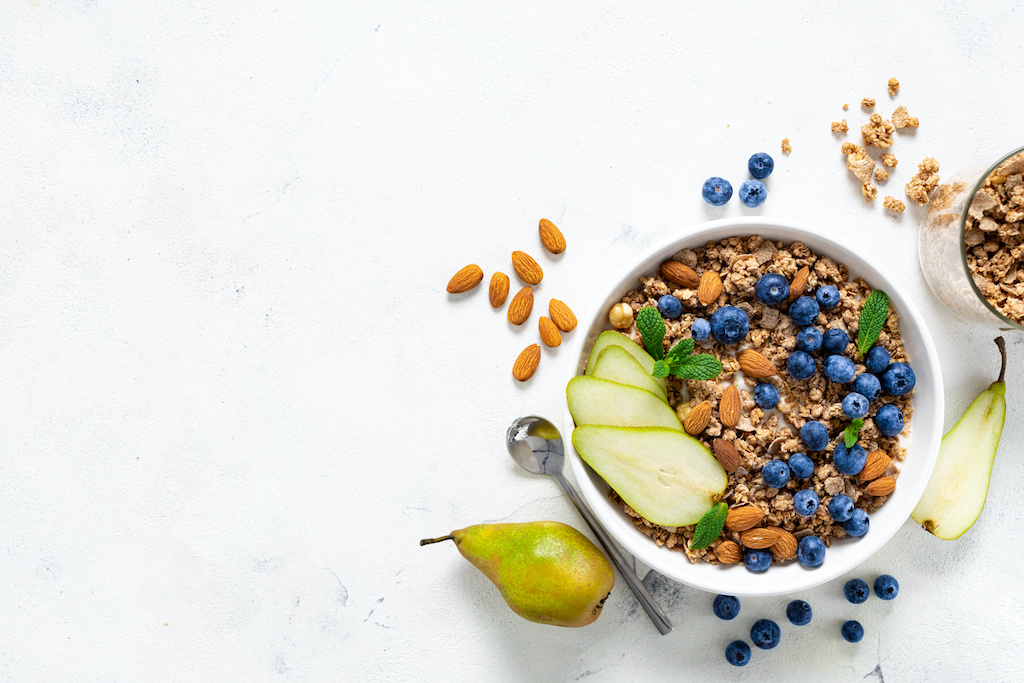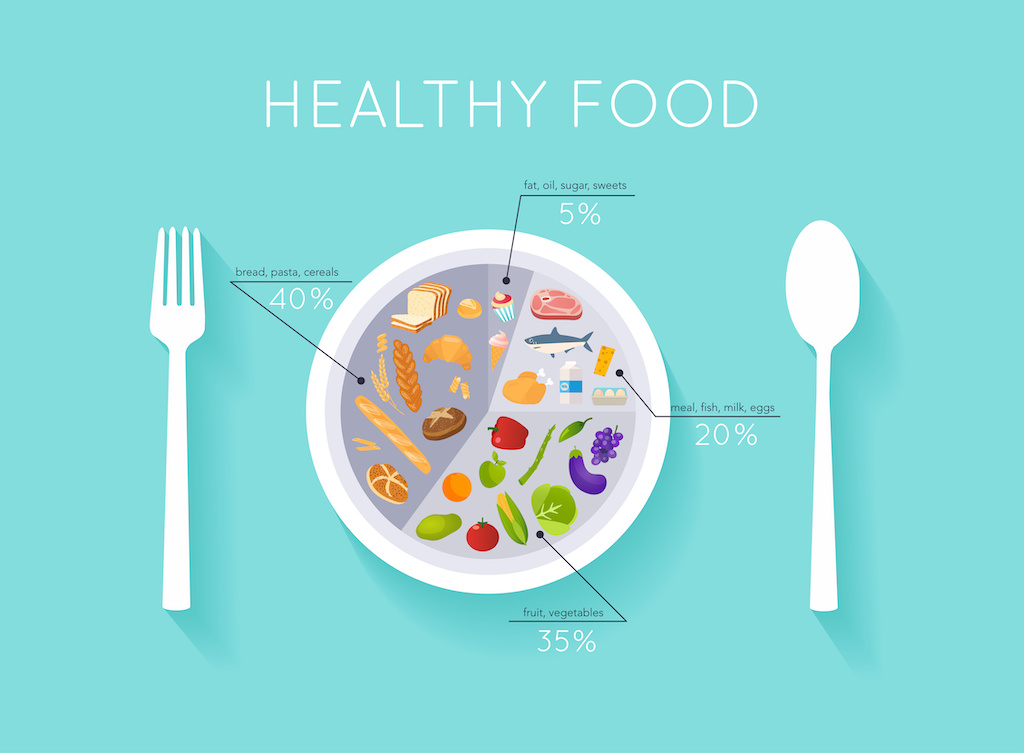Understanding Macronutrient Balance: How to Build a Healthy Plate

Introduction
Macronutrients—carbohydrates, proteins, and fats—are the building blocks of a healthy diet. Achieving the right balance of these macronutrients is key to supporting energy, muscle growth, and overall health. In this article, we’ll explore how to balance macronutrients in your diet and offer tips for building a well-rounded, healthy plate.
What Are Macronutrients?
Carbohydrates:
- Carbohydrates are your body’s primary source of energy. Found in foods like grains, fruits, and vegetables, they are essential for fueling daily activities and exercise.
Proteins:
- Proteins are made up of amino acids, which are necessary for building and repairing tissues. They are also involved in hormone production, immune function, and enzyme activity. Good sources include meat, fish, eggs, and plant-based proteins like beans and lentils.
Fats:
- Fats provide long-lasting energy, support cell growth, and help the body absorb vitamins. Healthy fats, like those found in olive oil, avocados, and nuts, are crucial for maintaining optimal health.
Importance of Macronutrient Balance
Supports Weight Management:
- Balancing your intake of carbohydrates, proteins, and fats can help you control your calorie intake, manage weight, and avoid overeating. Protein and healthy fats help keep you fuller for longer, reducing cravings.
Enhances Energy Levels:
- Carbohydrates provide quick energy, while fats offer a more sustained energy source. Balancing both ensures you have the fuel needed for daily tasks and physical activity.
Promotes Muscle Growth and Recovery:
- Protein is essential for muscle repair and growth, especially after exercise. Incorporating adequate protein in your diet helps maintain muscle mass and supports recovery.
Stabilizes Blood Sugar:
- Eating a balanced meal with all three macronutrients helps slow the absorption of sugar into the bloodstream, keeping your blood sugar levels stable and reducing energy crashes.

Tips for Building a Balanced Plate
Include a Source of Protein:
- Each meal should include a protein source, such as chicken, fish, eggs, tofu, or beans, to support muscle growth and tissue repair.
Fill Half Your Plate with Vegetables:
- Vegetables provide essential vitamins, minerals, and fiber. Make sure they take up at least half of your plate to promote digestive health and satiety.
Choose Whole Grains:
- Opt for whole grains like quinoa, brown rice, or oats instead of refined grains to provide sustained energy and improve digestion.
Incorporate Healthy Fats:
- Include healthy fats from sources like olive oil, avocados, nuts, and seeds to support brain function and heart health.
Watch Portion Sizes:
- Pay attention to portion sizes, especially for high-calorie foods like fats and carbs, to ensure you’re maintaining a healthy calorie balance.
Conclusion
Achieving a balanced intake of carbohydrates, proteins, and fats is essential for overall health, energy levels, and weight management. By building a healthy plate with a mix of macronutrients, you can support muscle growth, maintain stable energy, and enhance overall well-being.
Summary:
- Macronutrients (carbs, proteins, and fats) are essential for energy, muscle growth, and overall health.
- Balancing macronutrients supports weight management, stabilizes blood sugar, and promotes muscle recovery.
- Build a healthy plate by including protein, vegetables, whole grains, and healthy fats in each meal.

This article reviewed by Dr. Jim Liu, MD and Ms. Deb Dooley, APRN.
There’s nothing more important than our good health – that’s our principal capital asset.
#medical #telehealth #umedoc










